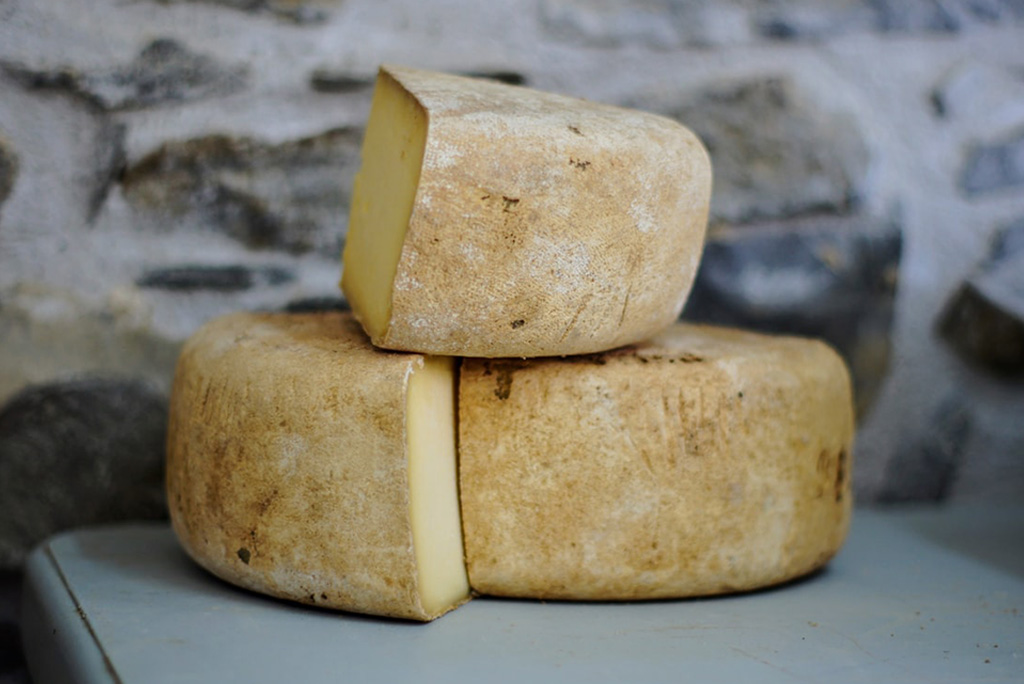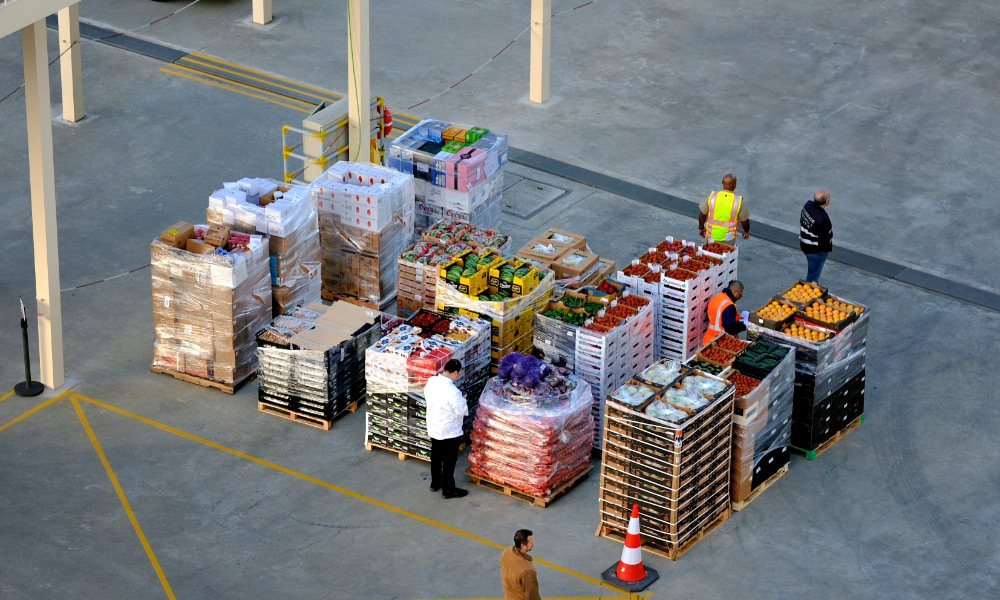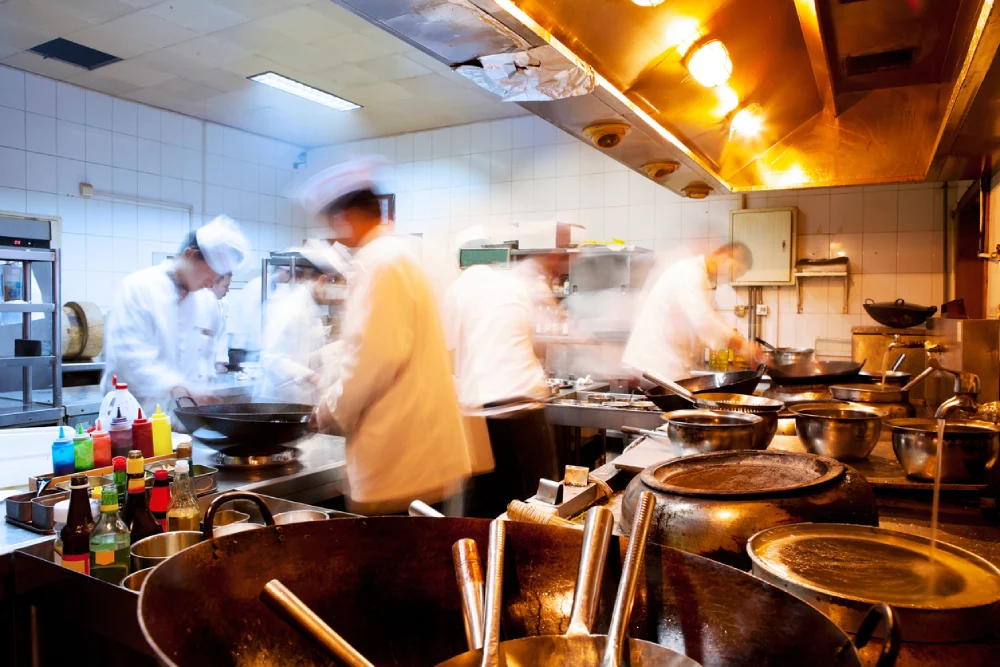By using our website, you agree to the use of cookies as described in our Cookie Policy
Popular German Cheese Dishes to Cook Today

Germany is one of the largest cheese producers in the world. But how many German cheese varieties can you name?
Germany has a rich history of cheese making with some unique varieties to show for it. Not only does it have great cheese, but it also has some of the best recipes involving cheese as the main ingredient!
If you've been interested in trying German cheese, this guide is a great start. Keep reading to find out about German cheeses and the delicious recipes that you can make with them.
German Cheese: The History
Germany has a long and rich history of cheese-making. Because Germany has several different regions with different climates and cultures, it's able to produce a huge variety of cheeses. 75% of German cheese is made in Bavaria, but it's worth trying cheeses from other regions as well.
While cheese originated in either the Middle East or Central Asia, Germany has still been making cheese for centuries. Since the Roman Empire, cheese has been an important aspect of European culture. During the Middle Ages, cheese diversified and began to take on characteristics specific to the regions it was being made in.
Types of German Cheeses
Now that you know the strong history of cheese making in Germany, you should learn about the flavors and varieties available. There are lots of different German cheeses for every palate from pungent to mild and from hard to creamy.
Muhlenhoff: Swiss Cheese
Swiss cheese is not actually one individual variety of cheese, but instead a whole variety of cheeses.
This cheese, of course, originated in Switzerland which was one of the cheese-making capitals of the world, but today many countries have their own versions of Swiss cheese. One of Germany's most famous cheeses is Emmentaler. Emmentaler is probably the Swiss cheese that you are most familiar with because of its signature holes.
Swiss cheese is always made from cow's milk and typically has a nutty flavor with a touch of sweetness.
Ammerländer: Edam
This semi-hard cheese originated in the Netherlands and has a mellow taste of creaminess, nuttiness, and a little saltiness. The longer you let this cheese age the more intense its flavor becomes; it also becomes harder with age.
Edam makes a lovely dessert cheese and pairs well with fruits such as apricots, peaches, and cherries. You can also combine it with fruit spreads for a perfect sweet and savory mix.
What makes Edam unique is the straining process that it goes through after the curd is set. Cheesemakers drain the excess whey to create the perfect texture and remove bitterness. Then it's brined in salt to add more flavor and prevent bacteria before the aging process.
ALPS: Havarti
You've been reading about hard and semihard cheese, how about a semisoft cheese from Germany?
Originally made in Denmark, Havarti has become popular all around the world for its creamy, delicious, and accessible qualities. Havarti is mild but far from boring with its buttery richness. Like Swiss cheese, Havarti has holes or "eyes", but its quite different in taste and hardness, and the holes are smaller and more uniform.
Handkäse
This cheese originated in Western Germany in the 1800s. This cheese was originally peasant's food because of its cheap and easy manufacturing. Milk is soured at 30 degrees before the quark is cut and shaped into loaves.
Its flavor varies. Some describe it as mild while others say that it's spicy, but no matter what form, handkäse is pungent and aromatic.
German Cheese Dishes
Those cheeses will satisfy the palate of anyone who loves cheese, but cheese is even better when incorporated into a delicious recipe. These are some traditional German cheese recipes that call for cheese and taste best with cheeses from their home country.
German Cheese Spaetzle
This Swabian German cheese dish is a German food must-have. It's a comfort food dish filled with yummy pasta and delectable cheese. Some people consider it the German version of mac and cheese, but its flavor components are much more sophisticated and complex than your typical mac and cheese.
The recipe calls for Emmentaler cheese or another Swiss cheese, fresh egg noodles, caramelized onion, and fresh parsley. The caramelized onion adds that undeniably European taste.
Handkäse mit Musik
Another one of the German dishes involving onion and cheese is Handkäse mit Musik. However, the cheese takes center stage in this delicacy.
Sour milk cheese curds form the base of this meal. Then it's topped with a raw onion vinaigrette. Traditionally, all the components of the meal come separately The onion is served on the side, and the vinegar and oil for the vinaigrette come in little jars.
There are two theories for the origin of the word "music" in this dish's name. The first is that the music is the flatulence caused by consuming raw onion. The other is the jangling of the jars of oil and vinegar being carried to the table.
We recommend pairing this dish with some freshly baked bread so that you can soak up every last good drop. Caraway seeds are also a traditional topping.
German Open-Face Sandwiches With Havarti
This simple recipe is a staple in Northern Europe. Open-face sandwiches are a popular choice, and Havarti makes for a perfect sandwich cheese.
Havarti lends itself to be sweet and savory flavors, so you can combine the two in this open-face sandwich.
To make it, simply spread butter on two slices of rye bread. Top the butter with a slice of Havarti cheese. Between the two layers of cheese, put a thin layer of mustard. Top with a bit of lingonberry sauce and a touch of dill!
Delicious Ways to Eat German Cheese
As you can see, whether you like to eat cheese on-its-own and unadulterated or in a fabulous traditional dish, there's a German cheese option for you. Try some traditional German cheeses on a slice of bread for breakfast or get busy in the kitchen with one of these traditional German dishes.
Interested in offering German cheese or cheese recipes in your restaurant? Take a look at our dairy offerings!
‹ Back







